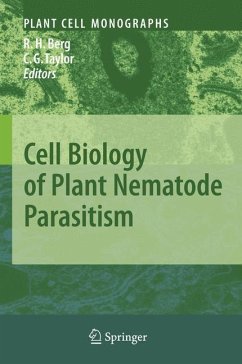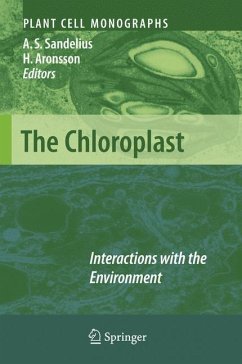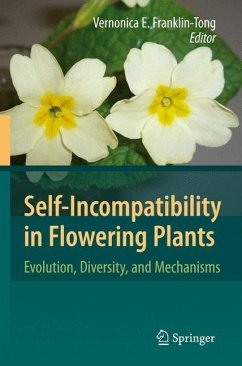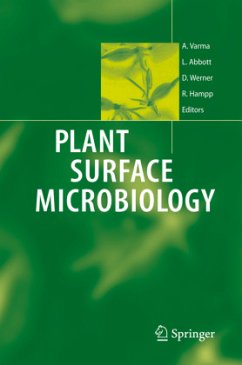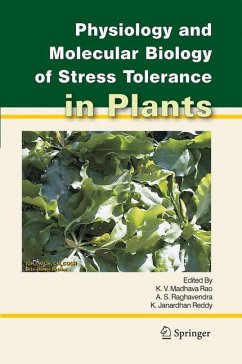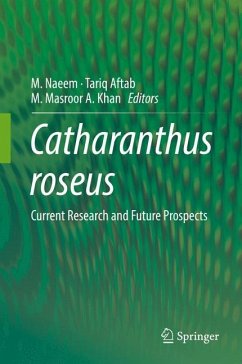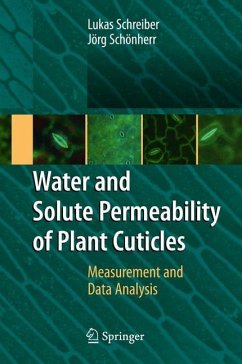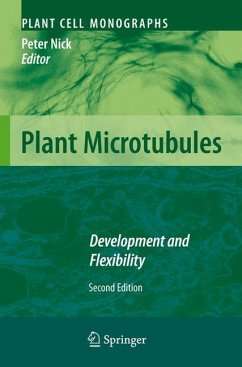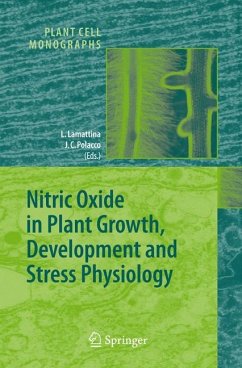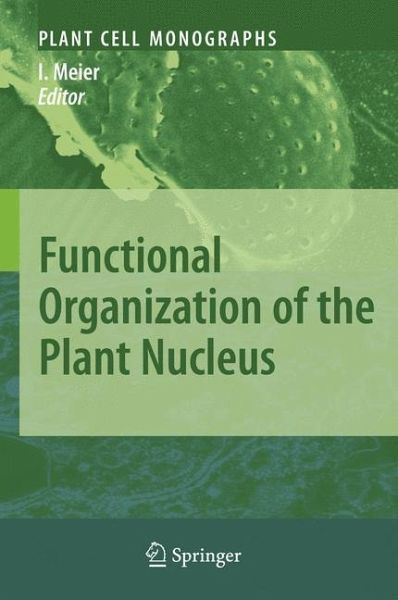
Functional Organization of the Plant Nucleus
Versandkostenfrei!
Versandfertig in 1-2 Wochen
115,99 €
inkl. MwSt.

PAYBACK Punkte
58 °P sammeln!
While the cell nucleus was first identified in a plant, we know now far less about the plant nucleus than we know about its equivalent in animals or in fungi, because the field of nuclear biology has been predominantly driven by the non-plant model systems. More recently, however, plant biology has begun to catch up as research groups worldwide actively address the processes that define the plant nucleus. This volume is an up-to-date compilation of the multiple facets of this emerging discipline and presents the timely topic of functional organization of the cell nucleus entirely from the plant biologist's perspective. In a time of soaring food, fibre and energy needs, the understanding of the molecular mechanisms of plant genetic organization - and its effect on plant growth and development - is essential.
In a presentation to the Linnean Society of London in November 1831, the Scottish botanist Robert Brown (perhaps better known for his discovery of Brownian motion) mentioned almost as an afterthought that in orchid epidermal cells, a single "circular areola" could be seen, a "nucleus of the cell as perhaps it might be termed." Thus, the term "nucleus" (from Latin nucleus or nuculeus, "little nut" or kernel) was born for the compartment of the eukaryotic cell that contains the maj- ity of genetic information. One hundred and seventy-seven years later, we know that the nucleus is the site where genetic information is stored in the form of DNA, and where it is protected from damage, duplicated, divided, recombined, repaired, and "expressed." For the latter, the genetic information is faithfully transcribed from DNA to RNA, then released from the nucleus into the surrounding cytoplasm. Most likely translated into polypeptide chains, the information re-enters the nucleus in the form of diverse proteins that function in the processes listed above.





